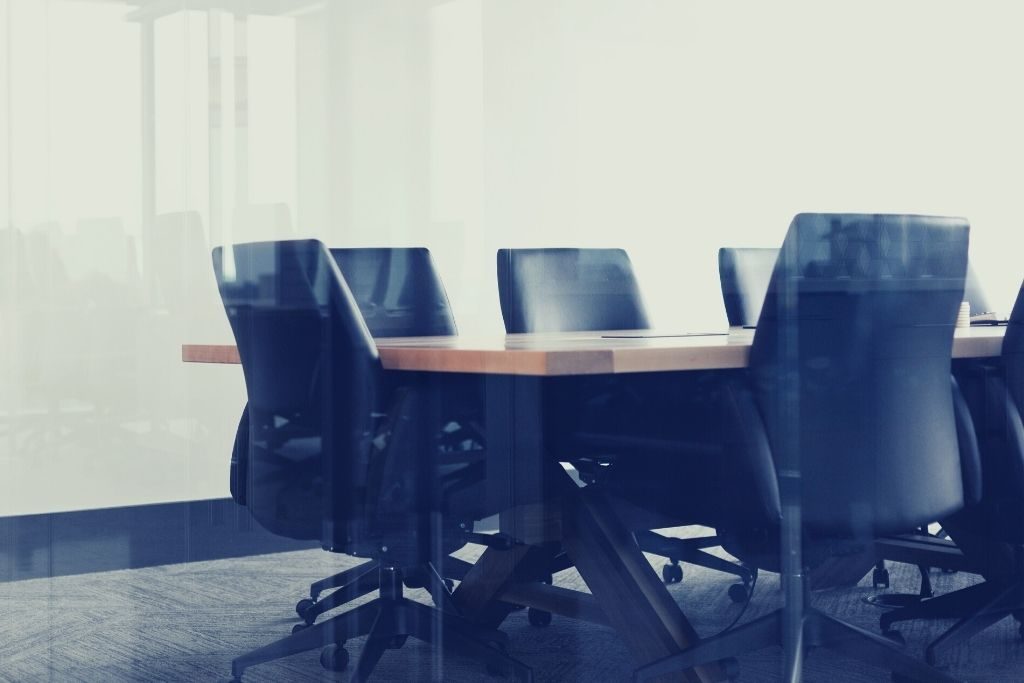The global spread of the COVID-19 has been asymmetrical: Some countries like New Zealand or Hong Kong were able to significantly reduce the cases by the middle of 2020, some were already experiencing the so-called second wave. In the meantime, large and decentralized countries like the United States have seen the viral epicenters shift from dense cities to provincial areas.
While the future of the virus is uncertain, one day, it’ll subside. Once the virus is eradicated, life will not simply return to the way it was before the pandemic. By the time all COVID-19 infections around the world disappear, there won’t be a single industry that will be unchanged by the pandemic. Yet, few areas of life have been affected by COVID-19 like work itself.
Millions of employees spend around a third of their days at their offices. While telecommuting has already been on the rise before, COVID-19 forced many companies to take serious strides into accommodating remote working. On the other hand, there has been increasing awareness on issues like hand hygiene and the public health dangers of cramped spaces.
As a result, workplaces resorted to short-term fixes like placing hand-sanitizing stations, ventilation, or new working patterns. That said, what longer-term changes in office life and work culture can employees expect to see once the immediate crisis is over?
Future of Work: Millions More to Work Remotely

Despite the increasing hype about working remotely, at the beginning of 2020, 44 percent of the companies worldwide didn’t allow telecommuting at all. However, COVID-19 forced many companies to reconsider their positions on working remotely. As a result, many employment experts predict that after COVID-19, office designs and infrastructure will change in a way to reflect rising numbers of telecommuters. This transformation might mean more private phone booths, flexible workplaces — and, more importantly, less crowded offices.
Susan Hayter, a Senior Technical Advisor on the Future of Work at the International Labour Organization (ILO) says this state of “business as unusual” can be the future of work. “Before the pandemic, there was already a lot of discussion on the implications of technology for the future of work,” she says.
“However, that future has arrived sooner than anticipated as many countries, companies and workers shifted to remote working in order to contain the transmission of COVID-19, dramatically changing how we work. Remote virtual meetings are now commonplace and economic activity has increased on a range of digital platforms.”
Offices Won’t Be Obsolete, But They Will Have to Evolve
While there’s no doubt that millions of more people, particularly in advanced economies, will be able to work remotely, global employment figures reveal not everyone can do so. The ILO estimates that in high-income countries only 27 percent of workers could work from home. Even then, it doesn’t mean they’ll continue to exclusively work remotely beyond the pandemic. Likewise, from food delivery to agriculture, 1.6 billion people worldwide work in the informal economy.
Ms. Hayter of ILO stresses the social and economical value of the workplace, which provides a sense of purpose, identity, and community for many workers.
We need to tap into the brave new world to ensure that their work is performed under conditions that are safe.
Susan Hayter, Senior Technical Adviser on the Future of Work at ILO
Echoing this, McKinsey classifies employee segments by considering the value that remote working could deliver. According to them, there are four categories of workers, which include:
- fully remote (net positive value-creating outcome)
- hybrid remote (net neutral outcome)
- hybrid remote by exception (net negative outcome but can be done remotely if needed)
- on-site (not eligible for remote work)
Thus, while the rise of remote work is unstoppable, workplaces will not be moot in the foreseeable future. However, they will just need to evolve in accordance with the changing sensitivities about security and public health.
New Workplace Infrastructures to Maximize Security and Health

In the long run, COVID-19 will force office designs to have hygiene, privacy, and security at heart. For instance, open-plan offices, which appeared in the middle of the 20th century, aimed to make the workplaces more dynamic and collaborative. However, as it might entail a large number of employees in the same room, it’s a design that might leave officers vulnerable to a virus spread. Hence, instead of an open plan, offices of the future will opt for more personal space for each employee, as well as smart seating solutions for employees who don’t want to sit too close.
Likewise, after the elimination of COVID-19, office designs will likely boast some new technologies that can support hygiene and employee wellbeing. From smart lifts to no-touch entrances or even self-cleaning surfaces, future-forward offices keep upgrading their physical infrastructure.
Oliver Wainwright, architecture and design critic of The Guardian, says that the diseases always shaped the design of cities and offices. Wainwright cites the example of a futuristic office of a waste management company designed by Zaha Hadid Architects in the United Arab Emirates to offer a glimpse of the post-COVID-19 office design.
Lifts can be called from a smartphone, avoiding the need to press a button both outside and in, while office doors will open automatically using motion sensors and facial recognition.
Oliver Wainwright, architecture and design critic of The Guardian
A Turning Point for Cities and Office Design
Throughout history, economic and labor opportunities shaped much of the way cities emerged and organized. Especially since the industrial revolution, cities began booming as billions moved to urban centers where it might be easier to find jobs and optimize educational opportunities. Following COVID-19, even if not everyone is able to work remotely, the pandemic will change the urban landscapes in the long run. Many economists and sociologists in industrialized societies believe that the rise of remote work will hollow-out and decentralize cities.
I do think we’ll go back to offices but not in the same way.
Paul Cheshire, Professor of Economic Geography at the London School of Economics
Work from home will create a demand for larger homes, which will push people out of cities to commuter zones or provincial areas where land is cheaper, stresses Paul Cheshire, a Professor of Economic Geography at the London School of Economics. This might ease the burden on big cities and rejuvenate provinces. For many, it might enhance the quality of life. Adds Prof. Cheshire, “[Y]ou will probably also get localized desk-sharing, specialized areas where people can go if you’re a homeworker, where you can occasionally get better IT or better facilities or get away from your children. There will be an opening-up in smaller towns of hot-desking spaces.”
Embracing Uncertainty for a Compassionate Work Culture

The decline of office spaces would have a different impact on small, medium, or large companies, as well as advanced and emerging economies. Likewise, similar to its process of spread, COVID-19 will have asymmetrical timelines for its eradication. Yet, nobody knows what these exact long-term changes at the workplace brought by pandemic are — and how they’d manifest in different settings.
“There’s a whole group of organizational psychologists, as well as sociologists and management professors, who are going to spend the next five, 10 years studying the effects of this pandemic in different places,” says Adam Grant Wharton, a professor at Wharton Business School.
Yet, he believes the pandemic is also a tremendous opportunity for leaders to learn and grow, and to create a more compassionate work culture globally. Adds Prof. Grant, “As human beings, we don’t like uncertainty and unpredictability. But on the flip side, we’re highly adaptable.”




